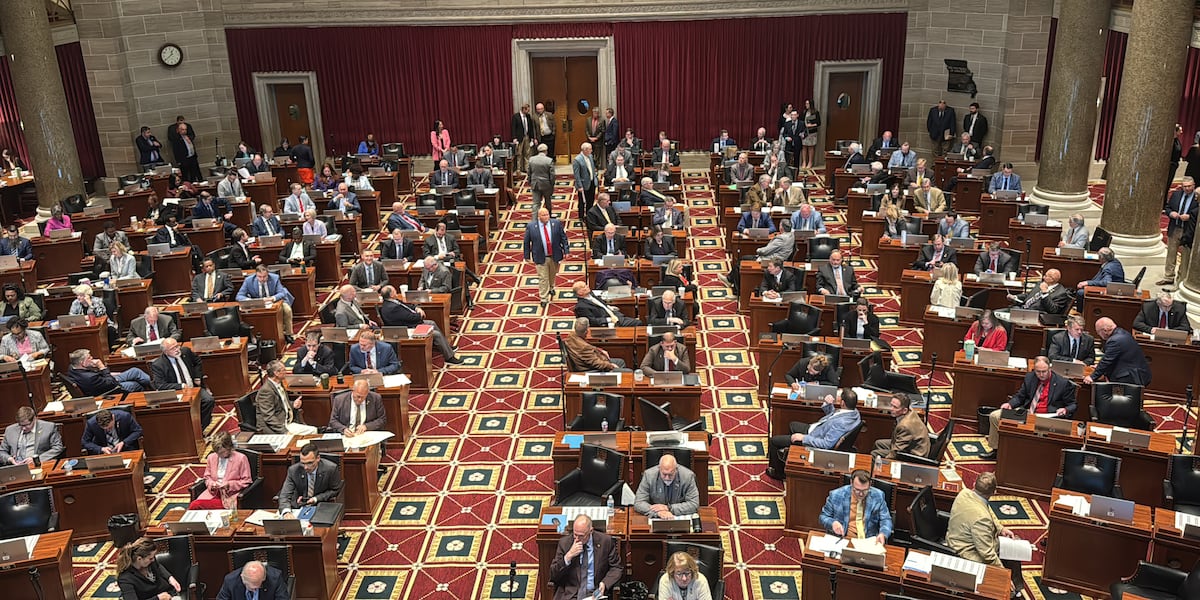(Information provided by the Missouri Department of Transportation)
SIKESTON – The Missouri Department of Transportation has closed several state routes in Southeast Missouri due to the recent storms.

In addition, motorists are encouraged to watch for flash flooding. This could cause water to quickly rise in areas that were previously safe. MoDOT crews will continually monitor state routes, but motorists are also urged to stop and turn around if they discover a roadway has high water.
Routes that are closed include:
Cape Girardeau County:
- Route 25- County Road 302 to Route 77 (Storm Debris)
- Route N- Route 25 to County Road 251 (Storm Debris)
- Route P- Route 25 to County Road 268 (Storm Debris)
- Route EE- Route 25 to County Road 249 (Storm Debris)
Howell County:
- Route K- County Road 6720 to County Road 7290
- Route 142- Route FF to Route E
- Route EE- Route 17 to County Road 3730 (Storm Debris)
Mississippi County:
- Route AB- Route N to County Road 213 (Storm Debris)
Shannon County:
- Route NN- Route H to County Road 522
Stoddard County:
- Route 60- Route 25 to Route FF (Storm Debris)
Wright County:
- Route AB- Dennis Road to Hunt Road
Motorists are encouraged to use extreme caution and plan alternate routes.
MoDOT also offers the following driving tips that can help avoid delays and unsafe conditions during rainy weather:
- Turn on your headlights when windshield wipers are needed. It’s the law.
- Slow down, use caution, and don’t use cruise control when driving in rain to avoid skidding and hydroplaning.
- Leave plenty of following distance behind the vehicle in front of yours.
- Never move or drive around barricades placed on roadways due to high water. Barricades are a warning designed to protect you from an unsafe condition. You can put yourself at serious risk if you proceed into a flooded section of road.
- If a road is closed, find another route.
- Do NOT drive into high water. Stop and turn around. Notify local police, the sheriff or the Missouri State Highway Patrol.
- “Turn Around – Don’t Drown” as highways become impassable.
For more information, please contact MoDOT’s Customer Service Center toll-free at 1-888-ASK-MODOT (1-888-275-6636) or visit the Traveler Information Map at: http://traveler.modot.org/map/?district=SOUTHEAST





























